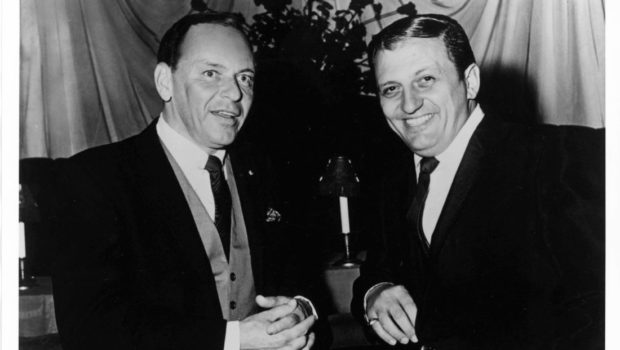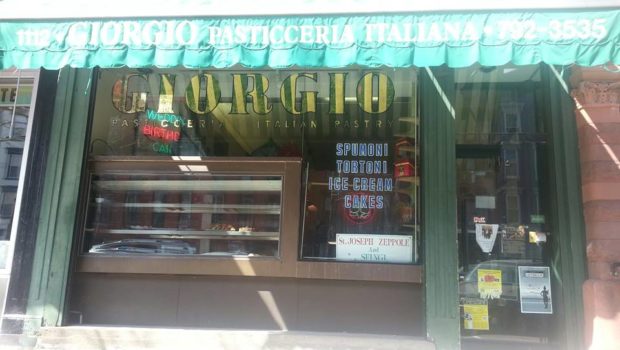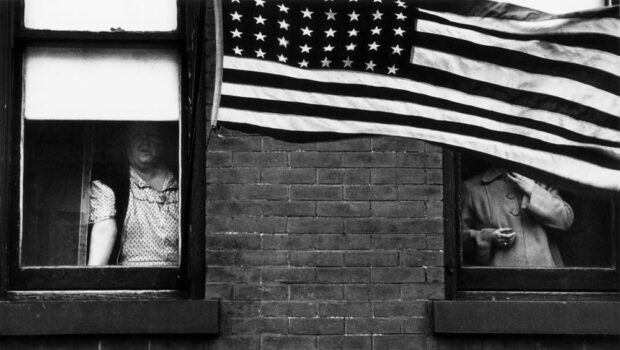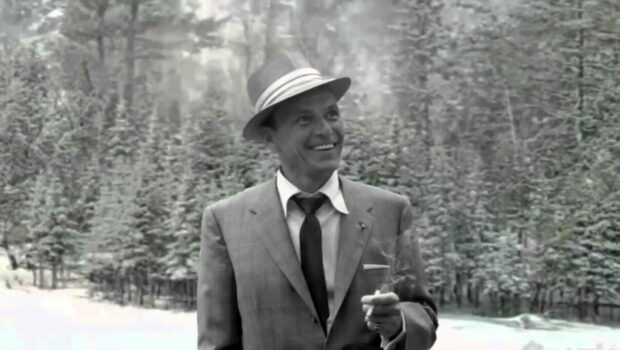
John Stevens, Avid Gardener | Hoboken’s Horticultural History
As for the camellia and chrysanthemum, both plants originated in Asia, and were only brought to Europe a few decades ahead of Col. Stevens’ efforts to bring them to the New World. The chrysanthemum is one of the oldest cultivated plants we know of, grown in China more than 2,500 years ago, and revered in Japan, where festivals celebrate showy, giant varieties. According to the New York Botanical Garden’s Illustrated Encyclopedia of Horticulture (Thomas H. Everett), the genus chrysanthemum belongs to the daisy family asteraceae or compositae, and comprises about 200 species of annuals, perennials and subshrubs. By 1914, American garden catalogues advertised many hardy varieties, and in the 1920s, even more reliable Korean hybrids were introduced. Today, they are a popular fall decorative plant, available in a rainbow of hues.
The camellia that Col. Stevens imported was a variant of the camellia japonica family, sporting a red flower with a single row of petals. Soon afterwards, the variety Alba Plena, a white double flower was imported and today, growers have bred hybrid varieties with giant, fluffy flowers in many shades of red, pink, white and variegated petals. They are related to the tea plant, camellia sinensis, which was avidly sought after in England and whose rarity eventually led to the Boston Tea Party.
The next generation of the Stevens family honored their father’s love of the garden by building a sumptuous conservatory room into the grand Italianate house that replaced the Villa, affectionately known as Castle Stevens, built by Robert Livingston Stevens in 1854. The house was decorated with the finest furniture and carpets from Europe, and America’s best producer of decorative glass skylight and chandeliers, Louis C. Tiffany. A Tiffany chandelier in the conservatory recreated the fronds of a calla lily.
You can learn more about the calla lily chandelier and other details of the Stevens Castle in a new video created by Stevens Institute of Technology alum John Dalton, narrated by his classmate Richard Reeves, the well-known historian. The video is available in the media room at the Hoboken Historical Museum during the current exhibition, “The Extraordinary Stevens Family, A New Jersey Legacy: 1765-1911,” on view through July 5, 2015, at 1301 Hudson Street, open six days a week. Leah Loscutoff, Stevens Institute of Technology’s Special Collections librarian at S.C. Williams Library, is the guest curator, assisted by Linda Beninghove, the Interim Library Director at Samuel C. Williams Library, along with the Hoboken Museum’s collections manager.
A series of free lectures and tours of significant historic sites will run through the end of June. Visit the Museum’s website at hobokenmuseum.org for dates and details.


 Previous Article
Previous Article Next Article
Next Article JIMMY ROSELLI: The Other Kid From Hoboken
JIMMY ROSELLI: The Other Kid From Hoboken  SLÁINTE: The Shannon — Hoboken’s Legendary Irish Bar Since 1956 — Set to Change Ownership
SLÁINTE: The Shannon — Hoboken’s Legendary Irish Bar Since 1956 — Set to Change Ownership  Beloved Hoboken Baker Giorgio Castiello Has Passed Away
Beloved Hoboken Baker Giorgio Castiello Has Passed Away  THE AMERICANS: Photographer Robert Frank Has Passed Away
THE AMERICANS: Photographer Robert Frank Has Passed Away  FRIDAYS ARE FOR FRANK: “I Could Write A Book” (feat. Kim Novak) — Hoboken Literary Weekend @ Little City Books
FRIDAYS ARE FOR FRANK: “I Could Write A Book” (feat. Kim Novak) — Hoboken Literary Weekend @ Little City Books  A Hoboken Institution, the 110th Annual St. Ann’s Festival Postponed Indefinitely
A Hoboken Institution, the 110th Annual St. Ann’s Festival Postponed Indefinitely  RING-A-DING-DING: It’s Frank Sinatra’s Birthday, Baby!!!
RING-A-DING-DING: It’s Frank Sinatra’s Birthday, Baby!!!  FRIDAYS ARE FOR FRANK: “I’ve Got My Love To Keep Me Warm”
FRIDAYS ARE FOR FRANK: “I’ve Got My Love To Keep Me Warm”